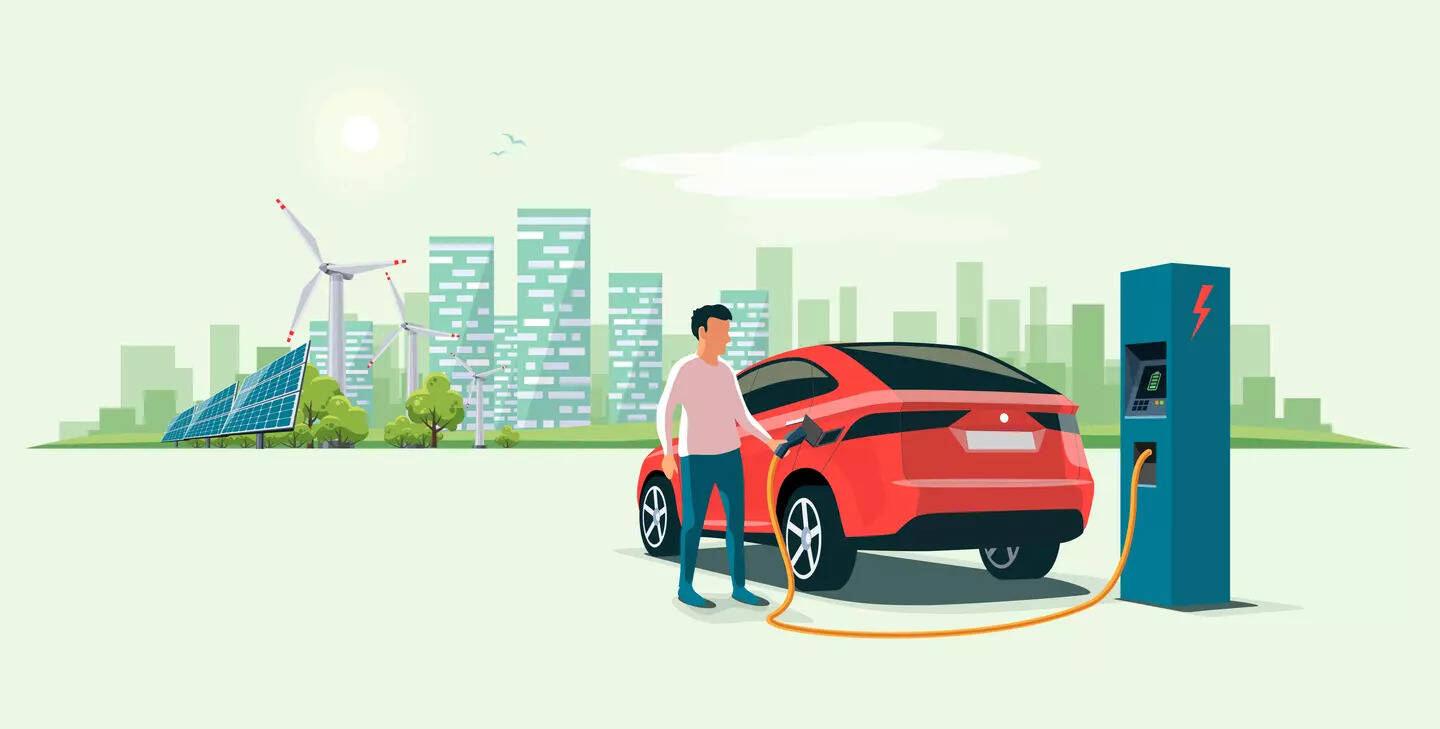
Vijayawada: Chief Minister N. Chandrababu Naidu Will Offer Jala Harathi to Krishna River at Parama Samudram
The Krishna water, released from the Malyala lift irrigation scheme in Kurnool district on July 17, has travelled nearly 738 km to reach Kuppam. People in the CM’s home segment are celebrating its arrival, with Naidu set to join the celebrations and offer prayers.
It may be recalled that under the leadership of late Chief Minister N.T. Rama Rao, the Telugu Desam Party launched several irrigation projects in Rayalaseema to meet drinking water needs and support agriculture. After assuming office, Naidu continued the mission to fulfil the long-cherished dream of ensuring water supply to the region.
Naidu laid the foundation stone for the Handri Neeva project on July 9, 1999, which helped turn barren lands cultivable. Since 2014, substantial funds have been allocated for irrigation works, enabling water from the Handri Neeva project to reach tail-end areas of Chittoor district.
During his 2014–19 tenure, Naidu’s government spent ₹4,183 crore on the Handri Neeva Sujala Sravanthi project. After a lull during the YSRC regime (2019–24), works resumed at a brisk pace under the present TD-led NDA government. Within 100 days, expansion and lining works of the main canal were completed, enhancing its capacity to 3,850 cusecs.
The expanded canal now facilitates irrigation of six lakh acres and provides potable water to 33 lakh people. Krishna water has reached 19 Assembly constituencies, filling up 10 reservoirs including Krishnagiri and Pathikonda in Kurnool, Jeedipalli in Anantapur, and Penna Ahobilam in Sri Sathya Sai district.
Phase-2 of the Handri Neeva project will ensure potable water supply to 2.2 lakh acres. The 123-km-long Kuppam Branch Canal, built at a cost of ₹197 crore with a capacity of 215 cusecs, covers eight mandals in the Kuppam constituency and provides drinking water to four lakh people.
Altogether, 40 tmc ft of water from the Handri Neeva project will be utilised in Rayalaseema, filling local tanks, recharging groundwater, and supporting horticulture, thereby improving farmers’ livelihoods.























































